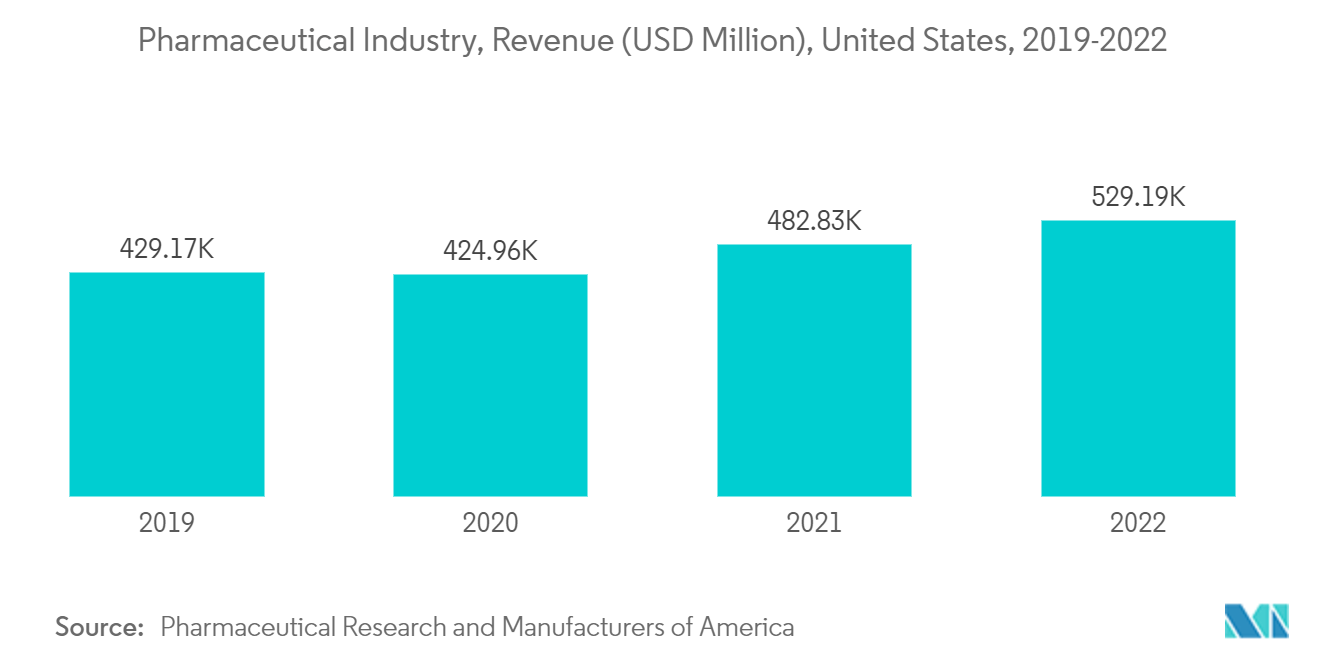Market Trends of Allyl Chloride Industry
Increasing Use of Allyl Chloride in Epichlorohydrin Production
- Allyl chloride is typically produced by reacting propylene with chlorine, while epichlorohydrin is typically manufactured by reacting allyl chloride with hypochlorous acid and a base like sodium hydroxide. However, an increasing amount of epichlorohydrin is now being manufactured by adding hydrochloric acid to glycerin.
- The key demand for allyl chloride comes from epichlorohydrin production. This compound can be obtained either by transforming allyl chloride through the epoxidation process or by reacting allyl chloride with hypochlorous acid.
- Epichlorohydrin finds primary usage in producing epoxy resins, which are widely used in coatings, adhesives, and plastics. It also serves in manufacturing synthetic glycerine, textiles, paper, inks and dyes, solvents, surfactants, and pharmaceuticals.
- Leading epichlorohydrin producers include Olin Corporation, Shandong Haili Chemical, and Vinythai AGC Group. Some companies have initiated production plant projects for epichlorohydrin, aiming to meet the demand in the allyl chloride market.
- In March 2023, Sinopec launched a USD 1.56 billion project at its Northern China refinery, incorporating epichlorohydrin production in the upgrade. This expansion aims to increase production capacity, bolster the Chinese economy through job creation, and advance the chemical sector. The project encompasses several facilities, including a 3000 thousand tonnes per annum catalytic cracker, a 700 thousand tonnes per annum gasoline hydrotreating unit, and a 100 thousand tonnes per annum epichlorohydrin unit.
- While the use of allyl chloride for producing epichlorohydrin has been replaced by glycerin in some cases, certain manufacturers like Olin, Solvay, and INEOS continue using the traditional method, which is expected to shape the market in the years ahead.
- Additionally, the increasing production of epoxy resin is driving the demand for epichlorohydrin and allyl chloride.
- In May 2023, the Dongying Economic and Technological Development Zone of Shandong Province announced its approval of a new project by Dongying Yi Rui Zengnew Material Technology Co. LTD. This project aims to develop electronic-grade epoxy resin and new special resin materials with an annual capacity of 200,000 tons.
- In February 2022, Alko Nobel announced investment plans to expand in-house resin manufacturing as part of its Grow & Deliver strategy. This ongoing scale-up program aims to enhance resilience against supply disruptions and contribute significantly to the company’s financial goals and upstream carbon reduction ambitions.
- Therefore, considering these factors, the application of allyl chloride in epichlorohydrin production is expected to dominate the market during the forecast period.

Asia Pacific Region to Dominate the Market
- The Asia-Pacific region witnessed the highest demand for allyl chloride due to rapid expansion and consumption in various industries, including epichlorohydrin (ECH), glycidyl ether, allyl amines, monomers of polyacrylonitrile, various water treatment chemicals, and allyl compounds such as sodium allyl sulfonate. This demand predominantly stems from countries like China, South Korea, Japan, and India.
- China accounts for nearly 60% of Asia’s total ECH output and has consistently expanded its epichlorohydrin capacity, representing around half of the global nameplate capacity. For example, in March 2023, Sinopec initiated a USD 1.56 billion upgrade to its Northern China refinery, primarily to enable Epichlorohydrin production. The project includes 12 facilities, featuring a 100,000 tons per annum (TPA) Epichlorohydrin unit.
- Moreover, China stands as the world's largest producer of epoxy resin and is among the top five exporters. Nan Ya Epoxy Resin (Kunshan) Co. Ltd, Sanmu Group, and Kingboard Chemical Holdings Ltd are some of the key manufacturers in China's epoxy resin industry.
- China's pharmaceutical industry ranks among the largest globally, manufacturing generics, therapeutic medicines, active pharmaceutical ingredients, and traditional Chinese medicine. Over 90% of registered drugs in the country are generic. According to the National Bureau of Statistics of China, in 2022, the pharmaceutical industry generated operating revenue exceeding 3.36 trillion yuan (USD 0.459 trillion), showcasing a 0.5% growth from the previous year, with revenue surpassing CNY 3.33 trillion (USD 0.451 trillion) in 2021.
- Under the 'Aatma Nirbhar Bharat' reform, India's Department of Pharmaceuticals is implementing schemes like the Production Linked Incentive (PLI) Scheme for promoting domestic manufacturing of critical APIs and Key Starting Materials (KSMs)/ Drug Intermediates (DIs) and APIs, allocating INR 15,000 crores (USD 1.8 billion) from FY 2020-21 to FY 2028-29. Additionally, the Scheme for the Promotion of Bulk Drug Parks, worth INR 3,000 crores (USD 362.5 million) from FY 2020-21 to FY 2024-25, aims to provide financial assistance for establishing Bulk Drug Parks in three States.
- India plans to establish a fund of nearly INR 1 lakh crore (USD 1.3 billion) to bolster domestic pharmaceutical ingredient manufacturing by 2023. Furthermore, the Government of India intends to set up an electronic platform to regulate online pharmacies under a new policy to curb potential misuse due to easy availability.
- Considering these factors, the region's demand for allyl chloride is expected to rise during the forecast period.


